First Australians evacuated from Kabul due to arrive in Perth
The first Australian evacuees from Afghanistan will spend the next two weeks quarantining in Western Australia.
National
Don't miss out on the headlines from National. Followed categories will be added to My News.
A further 76 Australians and Afghan nationals with visas have been rescued from Kabul on a British flight, as the first evacuees are due to arrive in Perth.
Working in partnership with the UK, Australia has now extracted a total of 102 people from the capital, with more flights planned in the coming days and weeks.
Prime Minister Scott Morrison said an extra 40 Australian Defence Force personnel had also been deployed into Kabul to assist with further evacuations but warned nothing was guaranteed.
“The weather is closing in it, which will present challenges over the next few days, but equally the situation can always turn, and so we are moving as quickly as we can,” he said.
More than 90 evacuees from Afghanistan are expected to arrive in Perth to commence their quarantine on Friday.
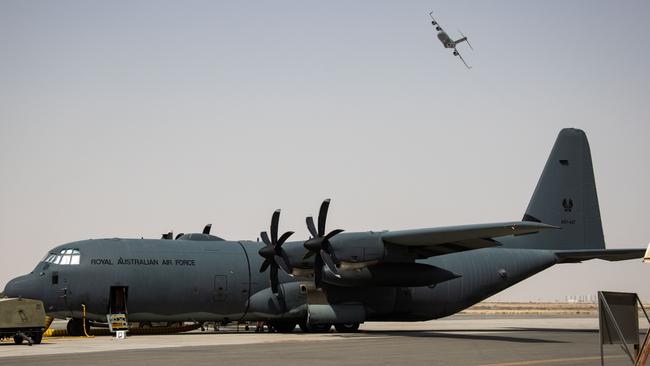
Mr Morrison said he was working closely with the West Australian government to ensure the evacuees received the “medical and mental health support they need” upon arrival.
“This has been a difficult and distressing ordeal for many of the evacuees and we will help them through completing the mandatory 14-day quarantine,” he said.
Mr Morrison said the situation in Afghanistan remained “extremely dangerous and extremely complex”.
He said there was a limited number of flights the airport in Kabul could take, with windows being allotted to each of the countries seeking to evacuate people from Afghanistan.
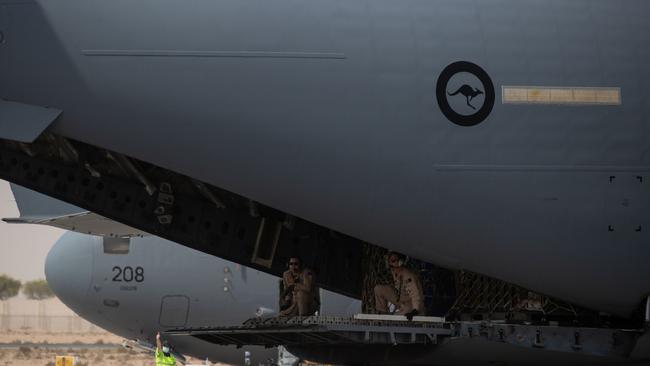
Australia has also agreed to settle 3000 Afghan refugees in the wake of the crisis, which Mr Morrison said was a “floor” figure rather than the upper limit.
Reflecting on his own mother’s escape from the Holocaust and arrival in Australia as a stateless Hungarian jew, Treasurer Josh Frydenberg said he believed Australians wanted the government to do “all that we can” to help people in Afghanistan.
“My own experience is that this country provided a safe haven, a warm embrace to my own family, and my story is not unique,” he said.
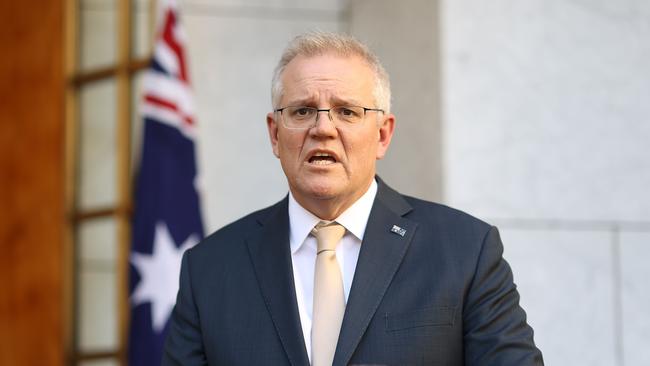
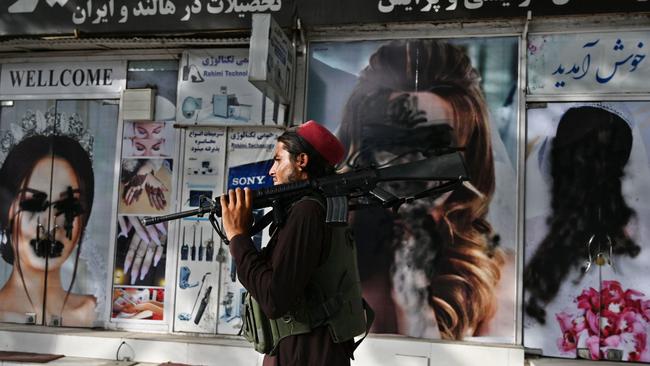
“I do think Australians are saddened by what is now left in Afghanistan,” he said.
As the Taliban solidifies its control of Afghanistan, Governor General David Hurley said Australians who served in the conflict must not let the current situation “diminish” their “personal effort and contribution” to the war.
Mr Hurley, who was chief of the Australian Defence Force and held other high ranking positions during the war in Afghanistan, said those who supported Australia’s efforts should be “proud” of their service despite “current events”.
“You did as your nation asked,” he said.
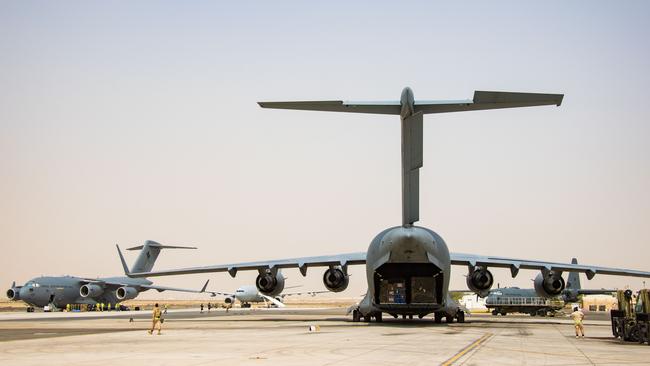
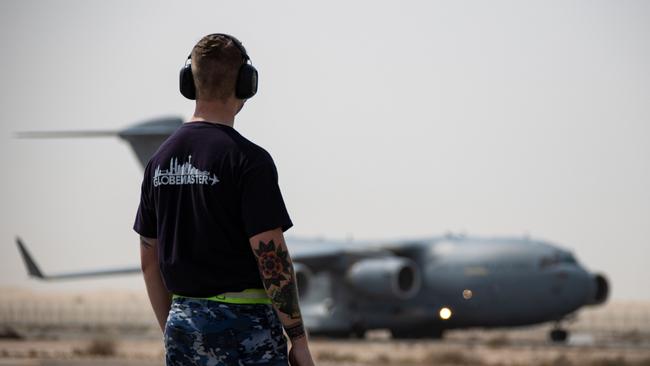
Lives at risk in scramble for visas
Veterans trying to bring Afghan interpreters who fought alongside them home warned the government five months ago the Taliban would take over.
Australia is scrambling to process visa applications for Afghan workers as the Taliban tighten their control over Kabul but former soldiers say they tried to raise the alarm multiple times before the capital fell.
Lawyer and former soldier Glenn Kolomeitz said he had 708 interpreters, embassy guards and their families hiding out in Kabul and ready “with grab bags” to head to the airport.
They have paperwork giving them initial clearance to come to Australia but no visas.
“Unbelievably 12 of them have just been contacted and told to fill out their visa applications,” said Mr Kolomeitz.
“These are 36-page documents in English that have to be printed and returned by post to Canberra.”
The one-time Labor candidate said Australian bureaucrats had “zero situational awareness” of what was happening in Kabul.
“The Taliban are going house to house in Kabul looking for these people,” he said. “Where are they supposed to find a printer, let alone a post box?”
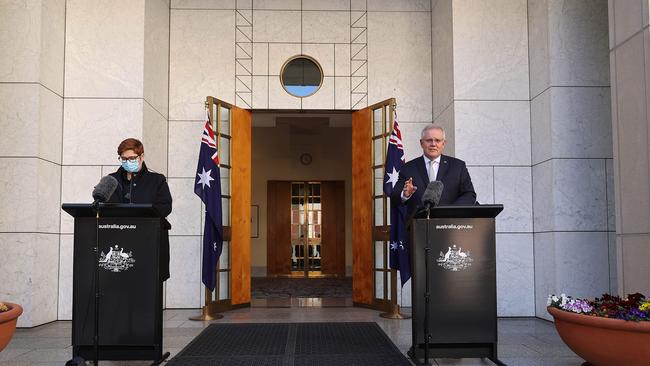
Foreign Affairs Minister Marise Payne on Thursday acknowledged the practical difficulties facing Afghan people applying for protection from Australia, including through humanitarian visas.
Ms Payne said the “normal processes” of applying online or over the phone were “obviously” not possible.
She said people could instead be considered for a humanitarian visa if sponsored by a close family member, parliamentarian, diplomat or various human rights organisations.
“A number of groups, organisations have provided details and raise concerns in relation to women and girls that we understand to be particularly vulnerable,” she said.
Australia has repatriated 1,800 people from Afghanistan on locally engage employee (LEE) visas, including 470 since the start of this year.
But veterans have argued this slow and arduous process was not sufficient.
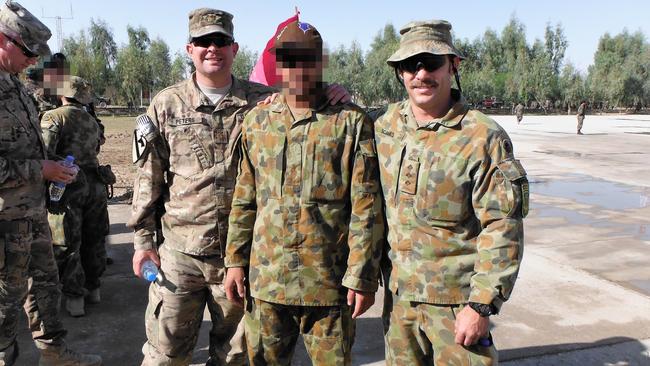
Former Australian Army captain Jason Scanes said he wrote to Home Affairs Minister Karen Andrews in April through his organisation Foresaken Fighters warning, “if the relocation of interpreters and their families occurs later than the date proposed to withdraw coalition troops, there will be an immediate and real risk that those interpreters and their families will be unable to leave Afghanistan.”.
The letter predicted: “there is real concern that airports and routes will be policed and controlled by the Taliban when coalition troops have departed.”
Ms Scanes said the interpreter who saved his life in Afghanistan was “still sitting outside the airport in Kabul with his wife and four children including his 18-month-old baby daughter and no money,” he said.
Afghanistan war veteran Kris Amiet said it took “years” for the interpreter he worked with between 2012 to 2013 to be repatriated to Australia, and doubted anyone applying through the LEE program now would get approved before the security situation in Kabul worsens.
“It’s not going to happen,” he said.
“I just don’t see how they’re going to get them over here.”
Mr Amiet said the “big issue” delaying applications a decade ago were security concerns about the applicants, and he did not expect that to have changed.
“We’re certainly not going to be able to do all the vetting and security now in a very short time frame,” he said.
“We’ve been fighting to get our interpreters back since 2013, it’s not something that came up in the last six months.”
Taliban seize weapons and vehicles left behind by Coalition forces
Taliban forces are seizing equipment and weapons left behind by coalition forces, including US military biometric devices that could be used to identify Afghans who assisted the allies.
Photos show Taliban militants in body armour suits, posing next to vehicles and holding advanced weapons, including sniper rifle systems and machine guns.
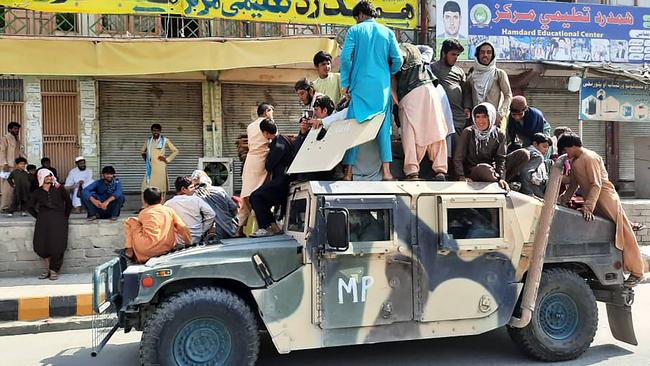
Other footage shows Taliban militants with night vision goggles, radios and ammunition magazine pouches, all reportedly seized from Afghan outposts earlier in the offensive.
The Biden administration has admitted the Taliban has captured a significant amount of equipment originally supplied to Afghan security forces, but it is not known how much.
“We don’t have a complete picture, obviously, of where every article of defence materials has gone but certainly, a fair amount of it has fallen into the hands of the Taliban,” White House National Security Adviser Jake Sullivan said on Tuesday.
“Obviously, we don’t have a sense that they are going to readily hand it over to us at the airport.”
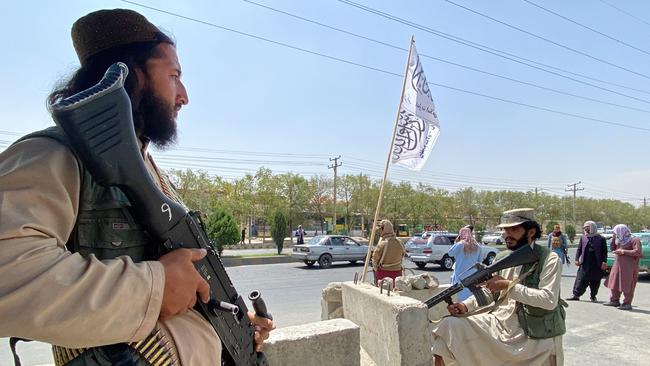
There are also reports the Taliban has seized HIIDE devices — or Hendheld Interagency Identity Detection Equipment — that were used by Coalition soldiers to scan people and identify threats.
If the Taliban get access to the data they could potentially use it to identify Afghans who assisted coalition forces in diplomatic efforts or military operations.
Videos published by the Taliban show militants carrying US guns that are more accurate and have a greater range than the AK-47s they normally wield.
The American weapons could be in service with the Taliban for years because of plentiful ammunition supplies.
Before the capital Kabul fell, Taliban militants also got their hands on humvees and of Mi-24 helicopters gifted by India to Afghanistan.
Some videos have emerged which show them using advanced UH-60 Black Hawk attack helicopters that the US troops either used or provided to Afghan national security forces.


